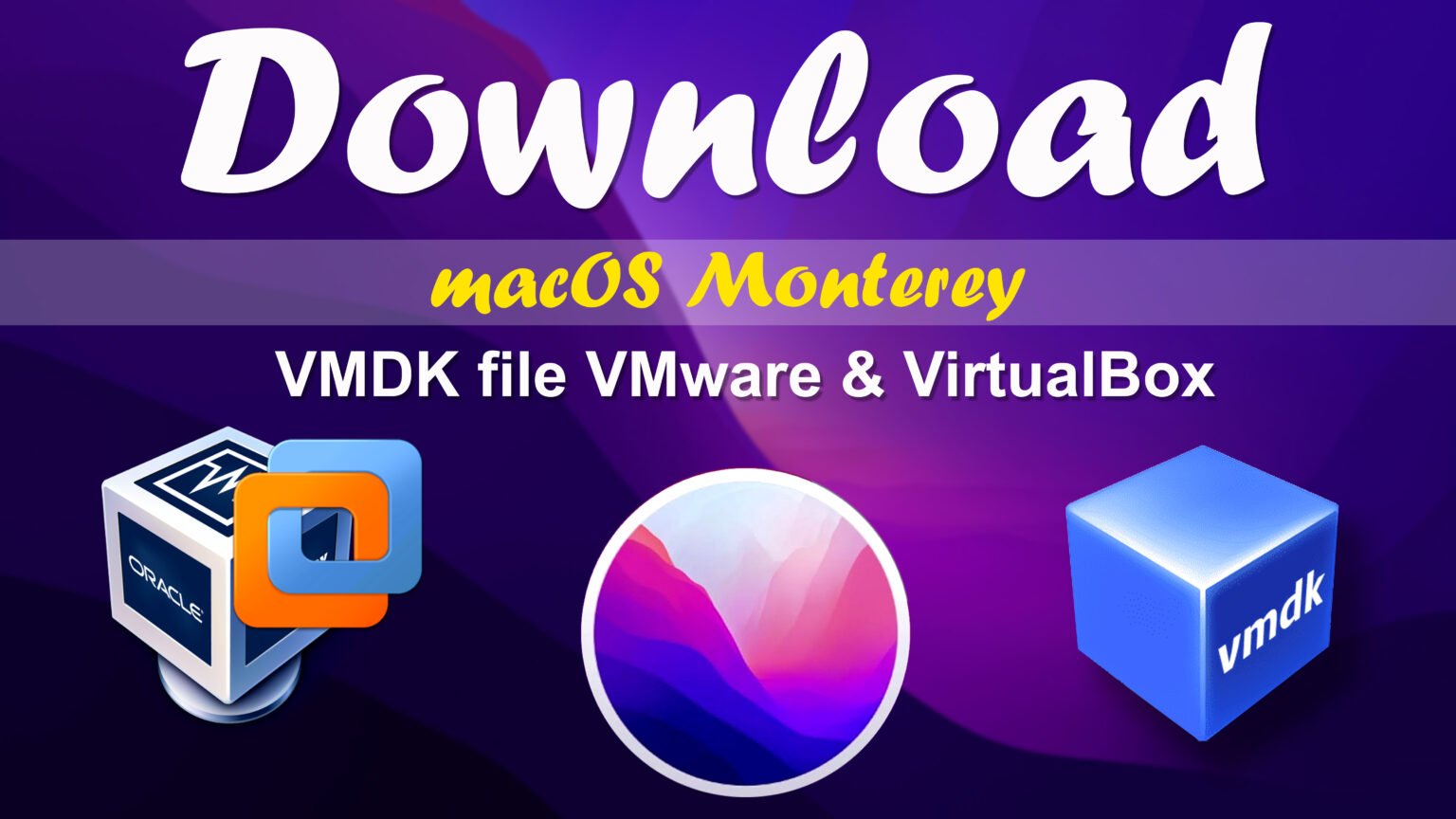
- #VIRTUALBOX FOR MAC REVIEWS FOR FREE#
- #VIRTUALBOX FOR MAC REVIEWS MAC OS X#
- #VIRTUALBOX FOR MAC REVIEWS MAC OS#
- #VIRTUALBOX FOR MAC REVIEWS INSTALL#
#VIRTUALBOX FOR MAC REVIEWS INSTALL#
All in all, anyone who can install an operating system can easily create a virtual machine. This can come in great handy when you need to install a downloaded Linux distribution, or if you used nLite to create a customized Windows ISO. You can even directly mount an ISO (disk image) file as a virtual CD drive, allowing you to install an operating system directly from your hard drive. After that, the process is as simple as installing your operating system like you normally would. Simply going through the configuration wizard allows you to create the “virtual machine” and “virtual hard drive”. Using VirtualBox is by no stretch of the imagination a difficult process. This makes it a truly versatile tool, ensuring the greatest overall compatibility down the road. This means that a Mac or Linux user would have the same general experience as a Windows user. I personally like VirtualBox because of the fact that it is cross-platform, unlike most of the other freely available virtual machine applications.

VirtualBox truly has the upper hand, mainly because it is freely available. These applications include VMWare, Parallels, Microsoft Virtual PC, and VirtualBox.
#VIRTUALBOX FOR MAC REVIEWS FOR FREE#
There are many virtual machine applications available on the market available both for free and as shareware. Many Linux users use virtual machines to run Windows-only applications that cannot be properly emulated through WINE. One of the common reasons that people need a stripped down copy of Windows is because they run Windows in a virtual machine.įor those of you who are not familiar with the concept, a virtual machine ( VM) is an operating system installation ( Linux, Windows, etc.) that runs as an application within a “host” operating system. I have not been able to find a way to make the screen bigger.Previously, I’ve covered the process of optimizing a Windows installation for better performance, and making a customized copy of Windows using nLite. VirtualBox is being actively developed with frequent releases and has an ever growing list of features, supported guest operating systems and platforms it runs on.
#VIRTUALBOX FOR MAC REVIEWS MAC OS#
VirtualBox runs on Mac OS X, Windows and Linux and supports a large number of guest operating systems including but not limited to Windows (NT 4.0, 2000, XP, Server 2003, Vista), DOSWindows 3.x, Linux (2.4 and 2.6), and OpenBSD. Not only is VirtualBox an extremely feature rich, high performance product for enterprise customers, it is also the only professional solution that is freely available as Open Source Software under the terms of the GNU General Public License (GPL).

VirtualBox for Mac lacks nothing the commercial products offer except perhaps a tech support phone line. On our 8GB RAM MacBook Pro we could run two or three virtual machines at the same time (each allocated 1GB RAM) and switch between them cleanly.Īccess to system resources such as hard-drive partitions, USB devices, CD player, and so on is mostly clean, although some USB devices may cause issues.įortunately, as an open-source project VirtualBox for Mac has lots of contributors and advisers on its forums that can help troubleshoot issues.

To test VirtualBox for Mac we loaded up virtual machines with Windows 7, Windows Server, Mac OS X, and two versions of Linux.
#VIRTUALBOX FOR MAC REVIEWS MAC OS X#
VirtualBox for Mac lets you create a virtual machine on Mac OS X that you can then load Mac OS X, Windows (pretty much any variant) or Linux (and OpenBSD) into.Īs long as you can allocate a decent amount of RAM to the virtual machine, VirtualBox for Mac will let you run multiple operating systems without issue. VirtualBox for Mac is open-source software and has no charges associated with it.


 0 kommentar(er)
0 kommentar(er)
